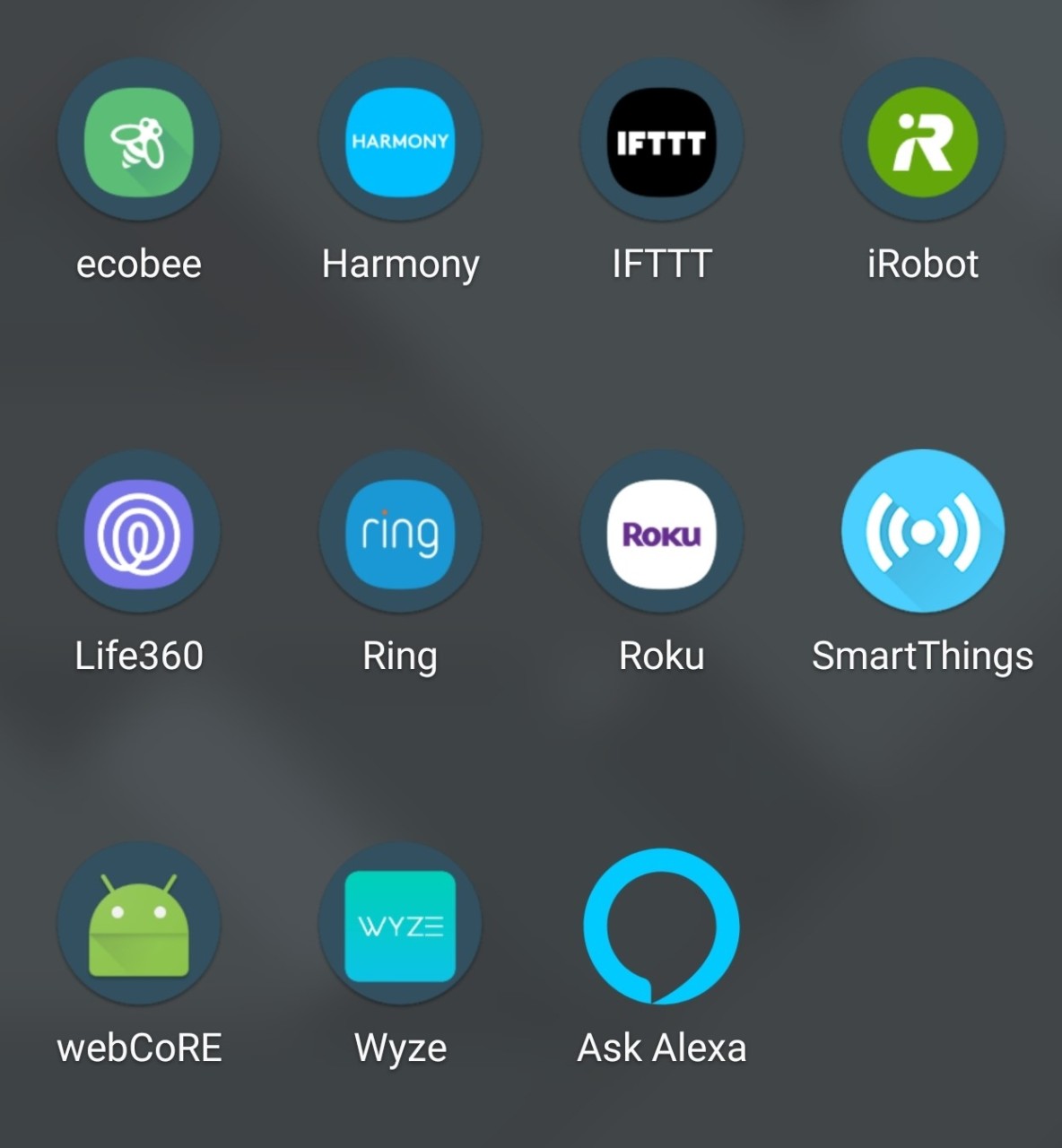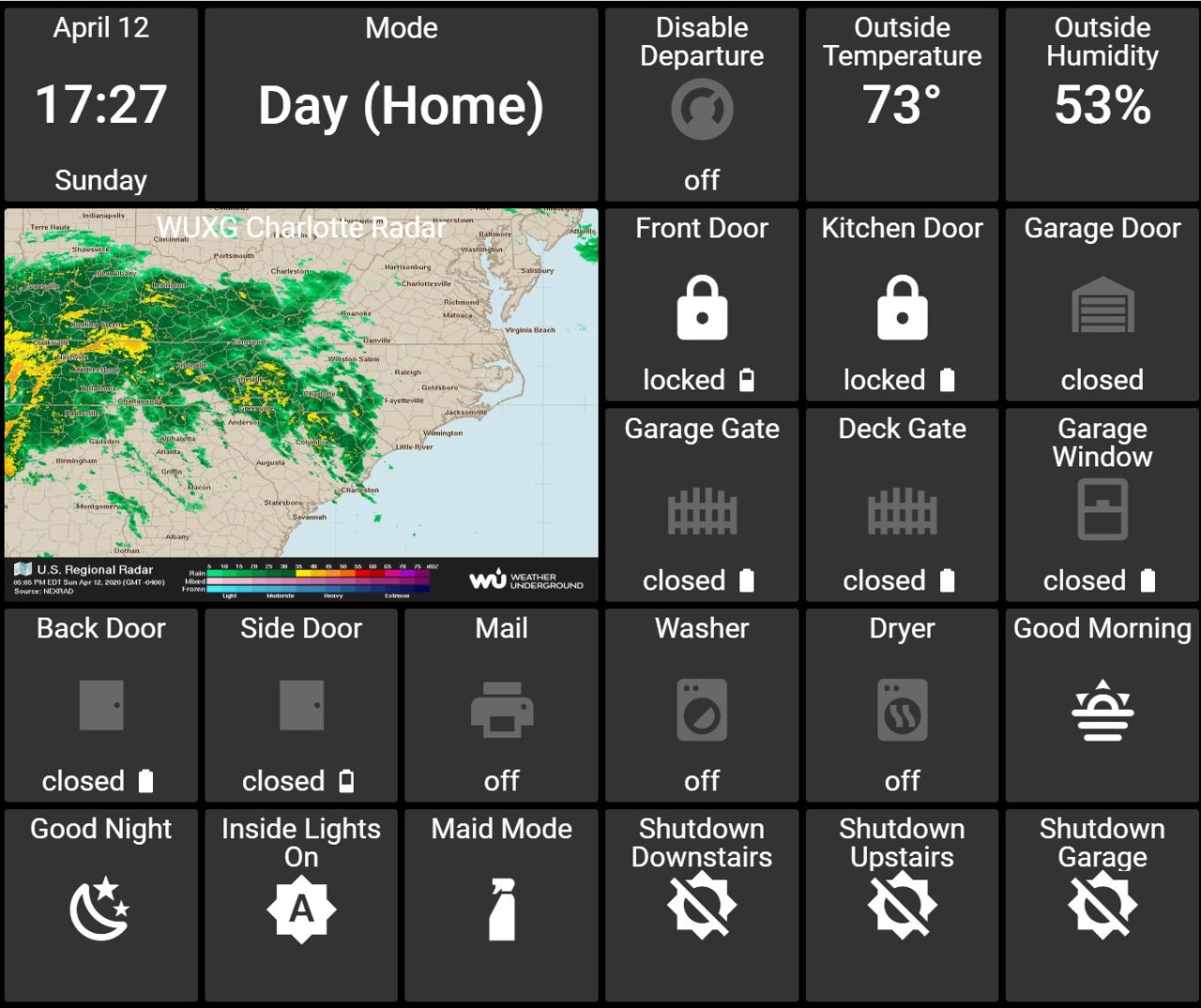What Smart Homes Can Teach Us About Smart Cities
Recently, my wife and I decided to take the plunge into the world of Home Automation. We installed smart thermostats, automated door locks, a video doorbell, smart bulbs and switches for the lights and ceiling fans, motion sensors, contact sensors on the doors and windows, an automatic garage door opener, power monitors for major appliances, and several Amazon Echo devices.
When we were done, we could open an app on one of our phones and change the setpoints on our air conditioning unit. Another app would allow us to view in real-time if someone was on our front porch and speak to them through our doorbell if we were not home. A third app was required to remotely turn lights on and off. A fourth app showed us the power our clothes dryer was consuming and would pop-up a notification when it finished so we could fold the laundry before it became wrinkled.
The cool factor
Our home had a cool factor, but my wife and I agreed – this wasn’t exactly what we had envisioned when we set out to upgrade our 20-year old house to a Smart Home. Two things were lacking:

Figure 1: Many Apps Required to Run A Smart Home
- The ability of the various smart systems installed to share information with one another and react to information across sub-system boundaries
- A user interface that could both display information from disparate applications and allow us to interact with entire home through a single pane of glass on our phones, tablets, and computers, as well as through voice commands
After jumping into home automation online communities and discovering others who shared a similar disappointment with their implementations, I learned of a couple of software applications I could add to my smart home ecosystem that were agnostic to which smart devices and sub-systems I was using. This additional software would sit on top my implementation, integrating the various sub-systems together and giving me both a rules-engine for implementing highly sophisticated logic for automated controls and a single-user interface where my wife and I could see everything going on in our home. With these upgrades, we were finally able to realize our Smart Home vision.
Systems of systems approach
Although I did not realize it at the time, this effort to make the various sub-systems of our smart home ecosystem add up to greater than the sum of its parts was a perfect example of a System of Systems approach to solving challenges. By taking the various sub-systems and integrating them together, I developed a more complex implementation that built on the individual capabilities of the various smart home devices, but extended the capacity of the resulting amalgam to provide greater value than the siloed sub-systems could provide on their own.
We see these same challenges in a variety of Infrastructure situations. Whether you are looking at city operations, transportation systems like airports and railways, or building, facility and campus management challenges, you often find the same situation – many existing operational technology systems with purpose-built software designed for a specific function. But to unleash the true capability of the infrastructure, these disparate systems must be integrated to share information and provide the operations management personnel a holistic view of how the infrastructure is operating.

Figure 2: Single-Pane-of-Glass Home Control Panel
For example, a city that has integrated its water management, maintenance operations, traffic management, and utility customer database through a system of system approaches could react to a water main burst at a critical intersection by automatically dispatching work crews, sending detour notices to traffic information signs, updating WAZE and other traffic apps with closed roads notifications, and sending text alerts to only the impacted water customers letting them know that repairs are underway and giving them an estimated time of service resumption. These ideas may sound fantastical, but many cities are already started on that digital transformation journey.
Unified control center
Many of AVEVA’s customers are turning to our Unified Operations Center software to help implement a hardware and software agnostic System of Systems approach to solving their most challenging infrastructure needs.
Doing so provides a centralized infrastructure that supports operations and customer information systems across the entire value chain. Combining information technology and operational technology, and having a system that communicates effectively means:
- Reduced total cost of ownership through better system integration and by leveraging investments already made in systems and applications
- Increased asset utilization and availability of assets with minimal downtime by improved predictability of asset maintenance
- Enhanced customer experience through digitalization of processes, information and communication
- Lower implementation costs with a hardware-agnostic, unified platform
To learn more about how cities like Nava Raipur (India), Gwinnett County (Georgia, USA), and Carson City (Nevada, USA) have leveraged this approach to digital transformation, download the Smarter Operations trend report from Smart Cities World.
Further information about Digital Transformation solutions from AVEVA that can you help you make your city smarter can be found at our Infrastructure website.
Related Blog Posts
Stay in the know: Keep up to date on the latest happenings around the industry.